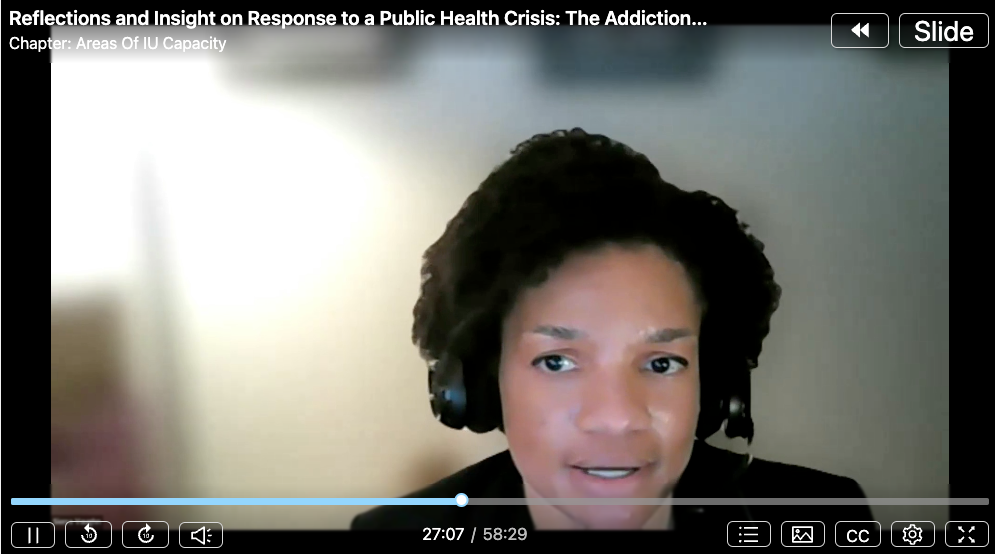
by Guest Author | Feb 4, 2025 | Data, Presentations
The Bowen Center’s Assistant Director for Data and Research Sierra Vaughn recently spoke in a panel of experts on the intersection of addiction and policy. This was part of a webinar titled Reflections and Insight on Response to a Public Health Crisis: The Addictions Grand Challenge.
In her section of the panel she briefly outlined the various aspects of Bowen’s data-related work that intersects with addiction, addiction counseling, and behavioral health, providing a quick overview of the data landscape in Indiana on this critically important topic. The entire presentation is worth a watch, featuring contributions from several experts in the field.
Click here to watch the webinar on an external site (this link is timestamped to Sierra’s contribution).
Or you can watch the entire webinar below. (Sierra’s section begins at around the 26:33 minute mark).
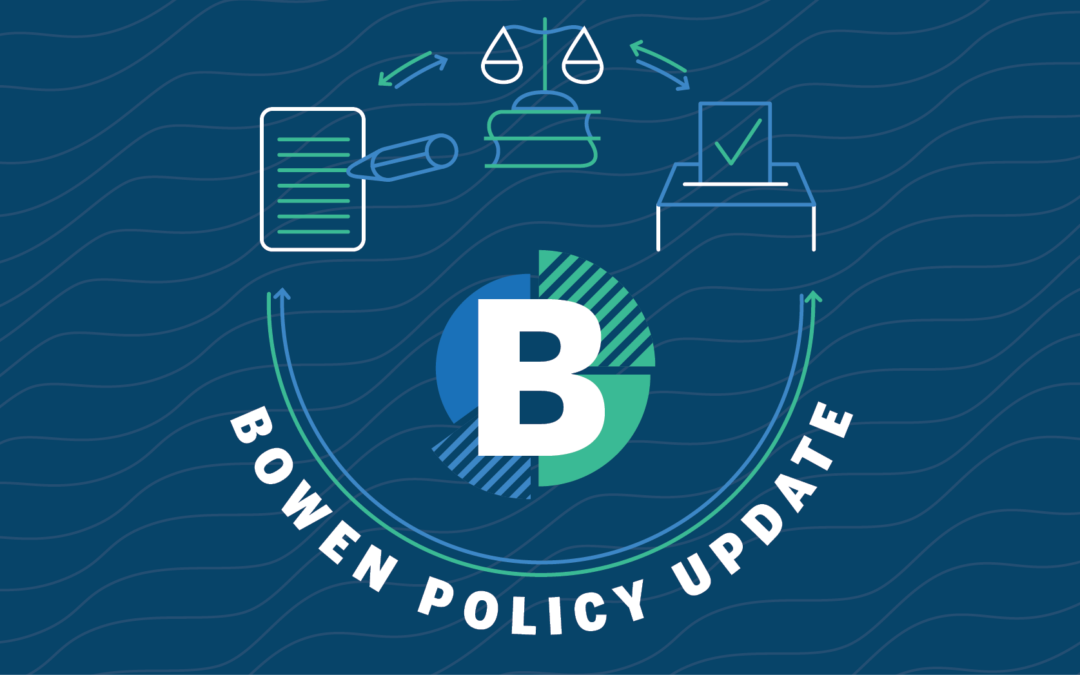
by Guest Author | Jan 28, 2025 | Data, Policy
The 2025 legislative session is in full swing, and the landscape just got easier to navigate. Almost 300 bills related to health, the health workforce, or the workforce generally were introduced this session. The Bowen Center will be tracking these bills as the session continues. While you’ll still find our comprehensive bill tracking table with all the details on each bill being considered, we’re excited to introduce a new dynamic dashboard that puts the session’s pulse at your fingertips. Our interactive infographic gives you real-time insights into the status of health care workforce legislation, from start to finish, across both chambers. Whether you’re tracking workforce initiatives, regulatory changes, or public health measures, you can now visualize the flow of bills through the legislative process and quickly identify trends in health care policy priorities. We have summarized a few pieces of legislation below that intersect with work previously done by the Bowen Center. Check out the dedicated Bowen Bill Brief page for full details on all the bills we’re tracking.
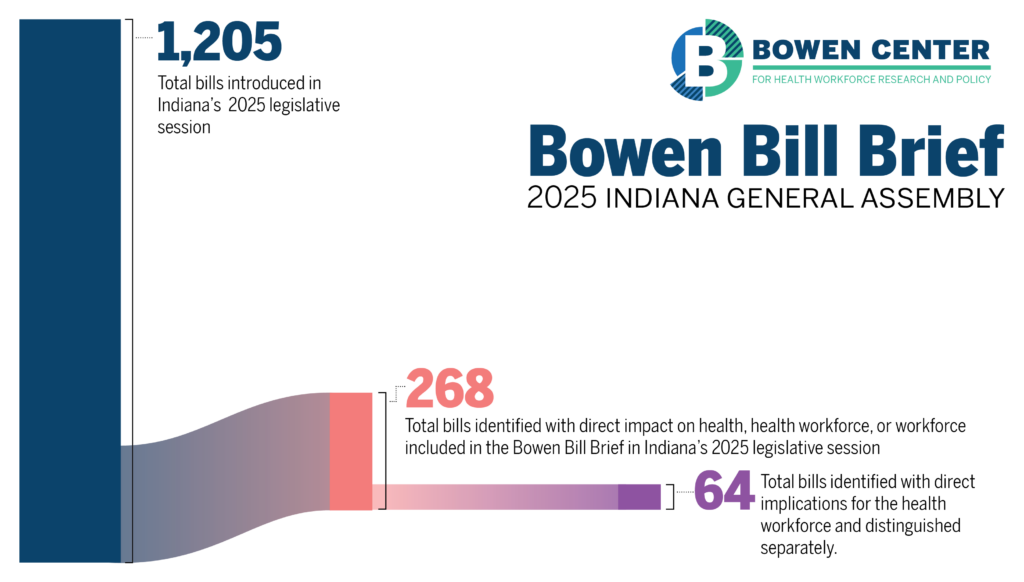
Nursing Workforce
- There are several bills this session focused on the advanced practice registered nurse (APRN) workforce. SB 447 aims to establish a license specifically for APRNs in Indiana. APRNs are licensed registered nurses (RN) with additional training that provides the clinical knowledge and experience to deliver advanced nursing care. Currently, all Indiana APRNs are required to hold an Indiana RN license, and many, but not all, also hold an APRN prescriptive authority license. In 2023, the Bowen Center completed a national review of state approaches to APRN licensing to see how Indiana’s approach compared to other states. Only one other state (Wisconsin) has an approach similar to Indiana’s, and this is still the case in 2025. Check out the full report here.)
Physician Workforce
- Indiana is facing a physician workforce shortage due to multiple factors, including burnout, an aging population, and competition from other states. Both HB1068 and HB1400 focus on workforce incentives targeted toward retaining physician talent in Indiana. HB1068 seeks to establish a program for medical school loan forgiveness while HB1400 seeks to provide a tax credit for preceptors in medical education. Many states have used tax credits to retain and recruit the clinical preceptors required for health professions’ education. In 2024, the Bowen Center reviewed tax credits as an incentive strategy for clinical preceptors using data from other state program evaluations. More information can be found here, including considerations for Indiana.
- Recruitment of physicians plays a role in alleviating physician workforce shortages. HB 1555 focuses on the recruitment of foreign trained physicians to Indiana. HB1555 seeks to establish a limited medical license for those who have graduated from international medical programs, obtained a sponsor, and agreed to work in a medically underserved area. In 2021, 22% of actively practicing physicians licensed in Indiana reported completing their education in another country. This suggests that HB1555 may have significant impacts on workforce supply. Check out the education tab on the Bowen Center’s Indiana Physician Workforce Dashboard to get information on Indiana Physicians who completed medical school in another country.
Behavioral Health
- All of Indiana’s 92 counties contain a federally designated mental health workforce shortage. As a part of the Playbook Project, the Bowen Center convened stakeholders to discuss challenges and opportunities for strengthening the pathway to practice for the mental and behavioral health professionals in Indiana. Opportunities to streamlining licensing while maintaining safety and quality were identified as a top priority by many stakeholders. HB1520 and SB216 include proposed changes to licensing policies for selected professions.
- Workforce incentives were another priority identified by stakeholders during the Playbook Project. Incentives are needed to recruit and retain qualified behavioral health and human services professionals into the workforce. HB1154 aims to establish a behavioral health preceptor tax credit. This bill, in hopes of aiding retention, would provide a $1,000 state tax credit for a behavioral health professional who precepts a qualified student. HB 1261HB 1261 seeks to establish a behavior analyst license, which would add a profession to the licensed behavioral health and human services workforce in Indiana.
Direct Care Workforce
- Indiana’s population is steadily getting older, with an estimated 1 in 5 Hoosiers over the age of 65. An aging population typically indicates a greater demand for health care professionals, specifically direct care workers, such as home health aides (HHAs) and certified nursing aides (CNAs). HB1161 would establish a license, training, and competency requirements for home health aides. SB 449 would require home health agencies to run a criminal background check on employees on an annual basis.
- Currently, statute does not allow an individual with a felony offense related to substances to work as a CNA within five years of the offense. HB1385 alters this requirement to allow an exception if the CNA becomes certified as a peer recovery coach. The Bowen Center is excited to launch workforce dashboards for CNAs, HHAs, and qualified medication aides later in 2025! In the meantime, you can review a summary of research we completed in 2024 on direct care workforce data here.
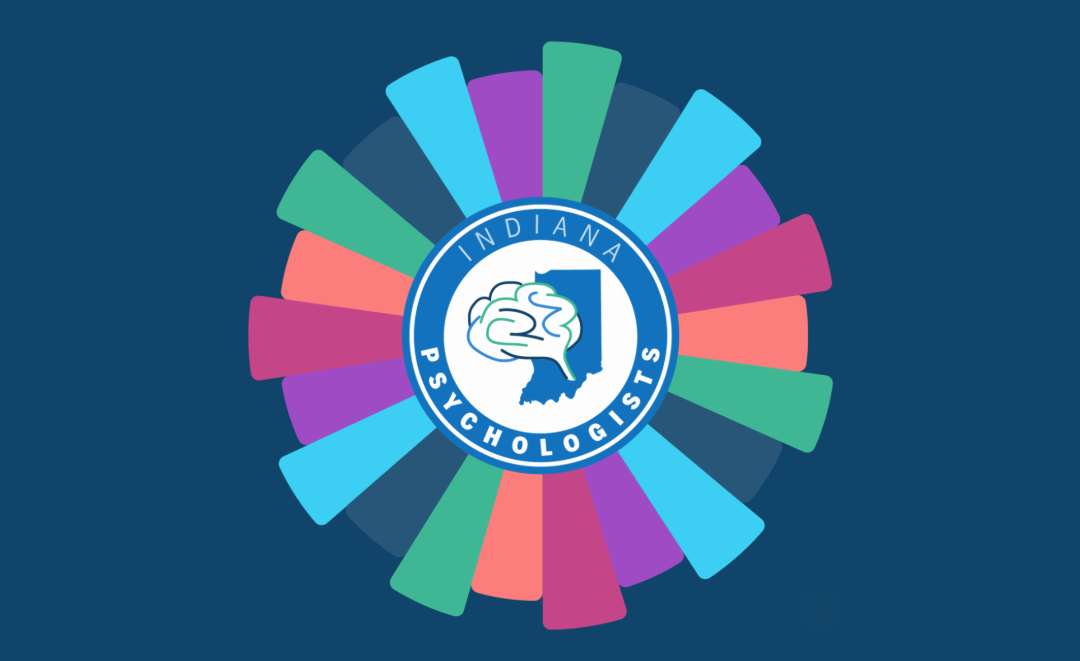
by Guest Author | Nov 21, 2024 | Data
Psychologists play a key role in addressing behavioral health challenges and improving overall quality of life. They work with many other professionals and providers to diagnose and treat a variety of conditions, including addiction, stress, and chronic illness. Learn more about who they are and how they serve a critical need in Indiana below.
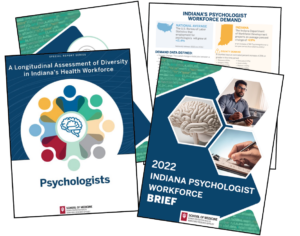 Data Report
Data Report
The data, tables, and descriptive analysis that are foundational to the briefs and diversity report. This includes information on demographics, education, practice settings, and more.
Brief
A quick overview of the workforce and the policies that impact it, including visualizations and commentary to add context for and insight into the data.
Diversity Report
How diversity among Indiana’s psychologists has changed over the years and how that compares to the demographics of our state. It also highlights policies and programs that may be contributing to diversity.
Demand Brief
Psychologist job growth projections through 2030 with the top counties for growth.
Pique your interest? Check out these other Bowen resources:
You should also check out our Playbook project page, which has a treasure trove of information related to improving Indiana’s behavioral and mental health workforce. All of Indiana’s 92 counties are experiencing mental health workforce shortages. This project focused on identifying challenges and opportunities for strengthening this workforce across the state. Research findings and recommendations can be found in the report.

by Guest Author | Nov 19, 2024 | Data
For National Rural Health Day (Nov. 21), we are highlighting the significant health challenges facing rural communities both in Indiana and nationwide. Rural communities across America face a mounting health care crisis marked by hospital closures, provider shortages, and delayed emergency response times. These problems compound together to create significantly worse health outcomes for rural areas, with higher rates of mortality for most major causes of death occurring in rural areas as compared to urban zones. These problems are particularly exacerbated by a lack of health workers: Rural areas have significantly fewer health care providers per capita, with important gaps in specialists, mental health professionals, and primary care physicians. This provider scarcity creates dangerous barriers to medical care for rural communities.
Check out the infographic below for some alarming facts on rural health disparities both in Indiana and the United States. These statistics paint a concerning picture of the current state of rural health care access and the resulting impact on community health outcomes.
The charts and graphics used in this infographic were originally prepared for a presentation on rural health given earlier this year by Sierra Vaughn, Bowen’s Assistant Director of Data and Research. You can check out a blog post about her presentation and download her powerpoint here.
OTHER BOWEN RESOURCES RELATED TO RURAL HEALTH:
Almost all of our health workforce data and reports touch on rural health communities in one way or another, but these two resources are particularly focused on challenges related to rural communities:
- PLAYBOOK: Mental and behavioral health challenges are particularly acute in rural communities in Indiana and nationwide. Bowen has developed a detailed plan to tackle Indiana’s mental health crisis, called the Playbook for Enhancing Indiana’s Mental and Behavioral Health Workforce. Check out the Playbook project home page here.
- EMS: Emergency Medical Services also pose a critical challenge to rural communities in Indiana and across the country, with significantly slower response times in most rural areas for emergency services. See more details about tackling this critical health workforce shortage on our dedicated EMS project page or by downloading our 2023 report on this topic here.
↓↓ Keep scrolling to see a full infographic on rural health challenges in both Indiana and the United States as a whole. ↓↓

Sources:
- Rural Population Health in the United States: A Chartbook. 2023. NC Rural Health Research Program
- O’Grady E, Bugbee M, Fenne M. Private Equity Descends on Rural Healthcare. 2023. Private Equity Stakeholder Project
- Indiana Hospital Mergers/Acquisitions, Expansion, & Closures. 2024 Employers’ Forum of Indiana.
- Jonk, Y., Milkowski, C., Croll, Z., & Pearson, K. (2023). Ambulance Deserts: Geographic Disparities in the Provision of Ambulance Services [Chartbook]. University of Southern Maine, Muskie School, Maine Rural Health Research Center.
- Rural Health Information Hub; Addressing Rural Health Worker Shortages Will Improve Population Health and Create Job Opportunities. 2024. U.S. Congress Join Economic Committee.
- Crouch E, Nelson J, Merrell MA, Martin A. The oral health status of America’s rural children: An opportunity for policy change. J Public Health Dent. 2021 Dec;81(4):251-260. doi: 10.1111/jphd.12444. Epub 2021 Jan 27. PMID: 33501720. Rural/Urban Differences in Children’s Health. NSCH Data Brief. 2020. Health Resources and Services Administration, Maternal and Child Health
- Maxey H, Medlock C, Vaughn S. Indiana’s School-Based Health Workforce. 2020. Bowen Center for Health Workforce Research and Policy, Indiana University School of Medicine.
- Albert, Jim. “Strategies to rebuild rural health care facilities: focusing capital in key areas can help to strengthen rural hospital and provide stability.” Health Facilities Management, American Hospital Association. August 26, 2020
- Nowak, Tim. 10 things rural EMS providers need to consider. EMS1, Pulsara, April 2, 2021
- Community Health & Wellness Partners – https://chwpcares.org/school-based-health-center/
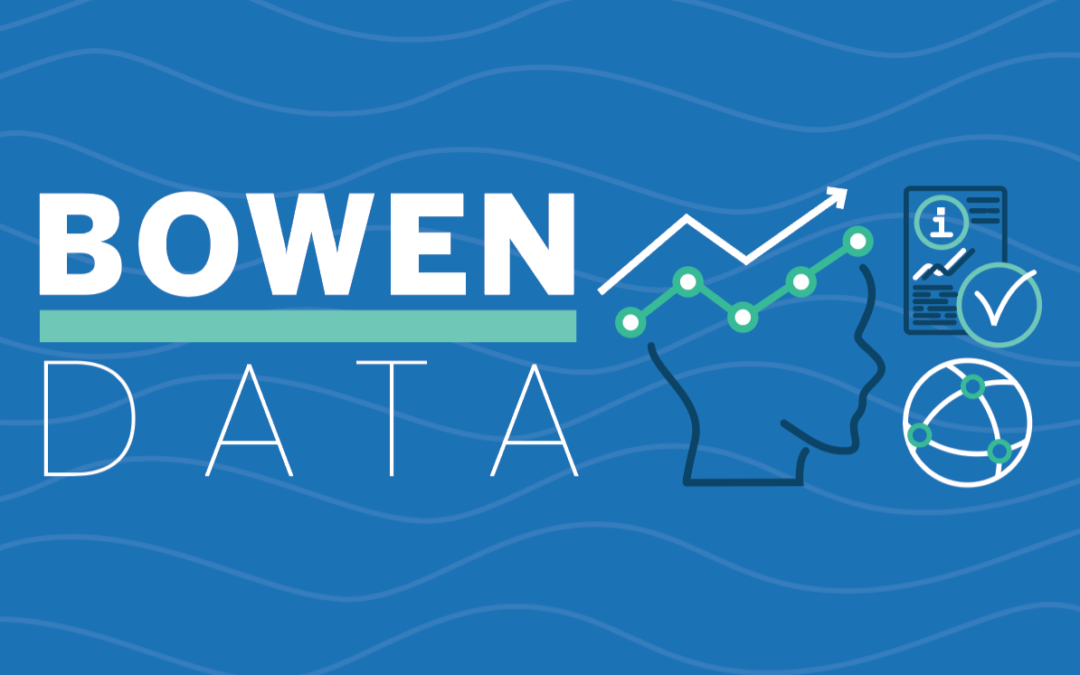
by Guest Author | Oct 23, 2024 | Data
This October, as we celebrate National Dental Hygiene Awareness Month, the Bowen Center for Health Workforce Research and Policy recognizes Indiana’s dental hygienists – the dedicated professionals who play a crucial role in preventive oral health care and patient education.
Indiana’s Dental Hygienist Snapshot:
- 96.7% of hygienists work directly in patient care
- Most provide services in dental office settings
- 83% received their education in Indiana, demonstrating strong in-state retention
- More hygienists are pursuing bachelor’s degrees than ever before
- Increasing diversity: the percentage of hygienists identifying as Hispanic, Latino(a), or Spanish origin grew from 1.6% in 2010 to 3.6% in 2022, more than doubling over twelve years
- Expanding services: hygienists provide critical preventive care including cleanings, sealants, oral cancer screenings, and tobacco cessation counseling
Despite workforce growth over the past decade, dental hygienists remain in high demand across Indiana. Dentists consistently report dental hygiene positions as their most challenging positions to fill.
Learn more about Indiana’s dental hygiene workforce through our comprehensive reports:
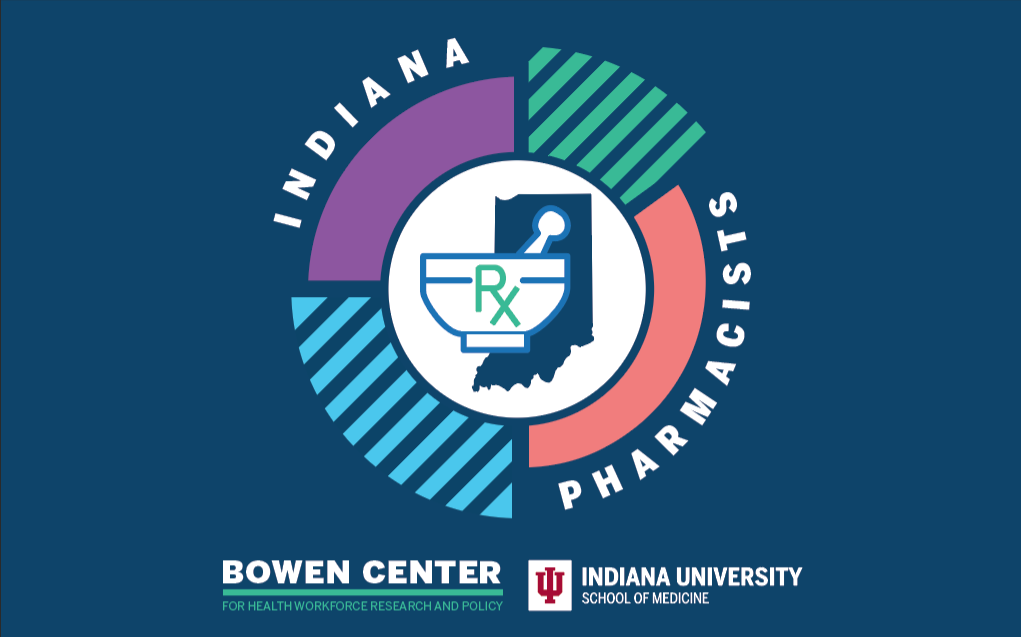
by Guest Author | Oct 14, 2024 | Data, Reports
Licensed pharmacists are essential spokes in the health care wheel. In addition to dispensing medication, they collaborate with other health care providers to advise on and ensure medication treatments are safe and effective, and even more. Their roles have expanded over the years, with many now offering vaccinations, health screenings, and medication therapy management services. Learn more about the many settings in which they work and the important role they play in the health care workforce below.
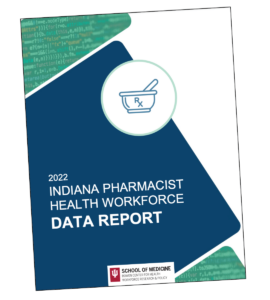 Data Report
Data Report
This has the data, tables, and descriptive analysis that are the bedrock of the rest of the documents linked here. It’s a one-stop shop containing demographic, education, practice settings, and other information on Indiana pharmacists. The report provides a comprehensive overview of the pharmacist workforce, offering valuable insights for policymakers, educators, and health care administrators.
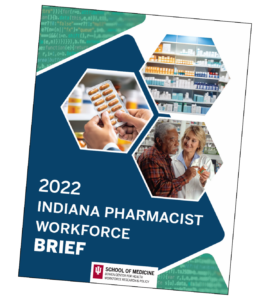
Brief
This is a digestible take on the Indiana pharmacist workforce and the policies that impact it. Visualizations and commentary help provide context for and insight into the data. The brief highlights key trends and changes in the workforce, making complex data accessible to a broader audience.
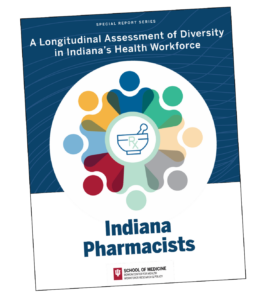
Diversity Report
Turning an eye toward diversity in the workforce, this looks at how diversity among Indiana’s pharmacists has changed over the years and how that compares to the state as a whole. It also highlights policies and programs that may be contributing to diversity. This report is crucial for understanding how well the pharmacist workforce represents the communities it serves and identifying areas for improvement.
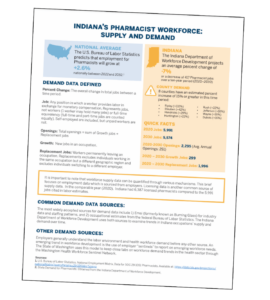
Demand Brief
This shows pharmacist job growth projections through 2030 and highlights the top counties for growth. The brief provides essential information for workforce planning, helping to anticipate future needs and potential shortages in different regions of the state.




 Data Report
Data Report






